Einleitung
Der schwierigste Teil bei dieser Reparatur ist das Trennen des äußeren Gehäuses und der inneren Mechanik. Die Rasten, die beide zusammenhalten, sind schwer zu finden und zu lösen. Du brauchst dazu ziemlich viel Kraft.
Werkzeuge
-
-
Hier haben wir den Handgriff einer Philips Sonicare HX 9340, welche ihre Ladung nicht mehr lange hält.
-
Im zweiten Bild ist die untere Abdeckkappe zu sehen. Sie muss entfernt werden.
-
Lege einige Kartonstreifen um den Handgriff, damit er nicht verkratzt oder sonstwie beschädigt wird.
-
-
-
BEVOR du die Reparatur mit Werkzeugen versuchst, solltest du probieren, ob es auch ohne sie gelingt, d.h. ob sich die Kappe löst und die Innereien heraus kommen. Die Zahnbürste wird dadurch nicht beschädigt, tatsächlich kann sie die Zahnbürste sogar vor weiteren Schäden schützen.
-
Drücke das Oberteil der Zahnbürste einfach fest nach unten auf eine stabile Oberfläche. Möglicherweise springt die untere Kappe einfach ab und die innere Elektronik kommt zum Vorschein.
-
Das funktioniert an älteren und neueren Sonicare Modellen.
-
Wenn das geklappt hat, überspringe die Schritte 3 - 6.
-
-
-
Übe mit einer Rohrzange Druck um das untere Ende des Handstücks aus. Am besten fängst du am breiteren Teil des rechteckigen Endes an, etwa 1,5 cm bis 2 cm von der Endkappe entfernt.
-
Fahre mit dem Drücken rings um das ganze Ende des Handstücks fort, bis jede Stelle des rechteckigen Endes erreicht ist.
-
Du musst möglicherweise mehrfach um das Ende herum drücken, bis sich ein kleiner Spalt zwischen Endkappe und Handstück öffnet.
-
-
-
Setze einen kleinen Flachschraubendreher in den Spalt ein und weite ihn auf.
-
Die Endkappe löst sich allmählich. Die Dichtung wird komplett sichtbar.
-
Entferne die Endkappe.
-
-
-
Bild 1 zeigt die Endkappe. Die Rasten, die sie festhalten, sind deutlich zu erkennen.
-
Bild 2 zeigt die beiden Plastikrasten, welche die innere Mechanik am äußeren Teil des Handstücks befestigen. Sie sind nicht leicht zu erkennen und man erreicht sie nur schwer.
-
Der schwierigste Teil der Reparatur ist es, diese Rasten mit einem kleinem Schlitzschraubendreher (oder einem ähnlichen Werkzeug) zu erreichen.
-
-
-
Wenn du die Rasten gefunden hast, dann setze ein Werkzeug auf jeder Seite ein, um sie zu lösen. Presse das Handstück zusammen und drücke es fest nach unten. Die Achse muss dazu auf einem harten Untergrund stehen. Du musst recht viel Kraft dafür aufbringen.
-
Wenn die Rasten richtig gelöst sind und du das Handstück nach unten gedrückt konntest, wird die innere Mechanik herauskommen.
-
Entferne die Mechanik aus dem Handstück.
-
-
-
Entferne die Gummischutzauflage von der Platine...
-
...und vom Akku.
-
Bild 3 zeigt den Akku, der ausgetauscht werden soll. Sanyo Teilenummer 4235 010 13068.
-
-
-
Drei Lötstellen musst du entlöten:
-
Positiver Akkuanschluss
-
Negativer Akkuanschluss
-
Eine Lötbrücke
-
Bei der Lötbrücke musst du das Lötzinn zwischen den beiden Lötpunkten entfernen.
-
Gib ein bisschen Flussmittel auf die Lötbrücke. Du kannst die Platine beim Löten mit einer Zange festhalten, ein anderes Haltewerkzeug geht auch.
-
-
-
Entferne die Lötbrücke zwischen den beiden Lötstellen mit einem Lötkolben.
-
Entferne das Lötzinn mit Flussmittel und Entlötlitze vom negativen Akkuanschluss.
-
Hier ist zu sehen, dass die Lötbrücke zwischen den beiden Lötstellen entfernt ist.
-
Hier ist der entlötete negative Akkuanschluss zu sehen.
-
-
-
Gib etwas Flussmittel auf den Plus Akkuanschluss auf der Platine. (Ein Zufallsfund ist die SMD Sicherung F1 auf der Platine).
-
Entlöte den Plus Akkuanschluss auf der Platine mit Hilfe von Entlötlitze.
-
Drücke den Akku mit einem kleinen Werkzeug vorsichtig heraus.
-
-
-
Der Akku ist von der Platine entfernt. Die Lötstellen auf der Platine sind nun gut zu sehen.
-
Um festzustellen, um welchen Akkutyp es sich handelt, wurde die rote Plastikummantelung entfernt. Es ist ein 3,7 V Lithium-Ionen Akku, der etwa 14 mm x 49 mm misst. Das sind ungefähr die Maße einer AA Batterie.
-
Um dein Gerät wieder zusammenzusetzen, folge den Schritten in umgekehrter Reihenfolge.
29 Kommentare
Nach dem wechsel der Batterie leuchten alle Lampen, aber die Bürste gibt keine Vibrationen ab. Wo ist der fehler? Hatte jemand dieses Problem?
After replacement of the akku all lamps are flashing but there is no function of the vibration-module. anyone knows this problem?
matze -
Das wird wahrscheinlich daran liegen, dass zwischen der Antriebseinheit und der BürstenWelle kein Platz ist. Sprich der Magnet liegt auf der Antriebseinheit an. Um das Problem zu lösen musst du zwei feststellschrauben lösen, den Spalt herstellen und dann die feststellschrauben wieder anziehen. Dann sollte die BürstenAufnahme wieder schwingen.
Thanks for information. This guide leads to success. *Thumbs up* My Sonicare is back at work now. :-)
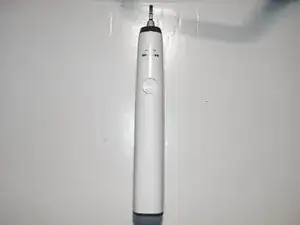
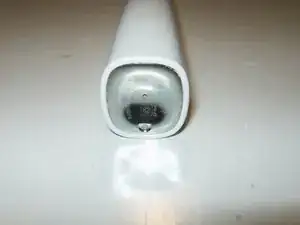
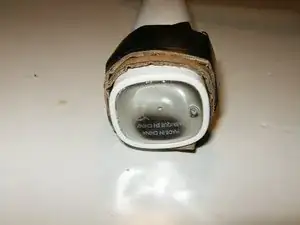
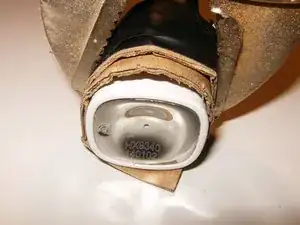
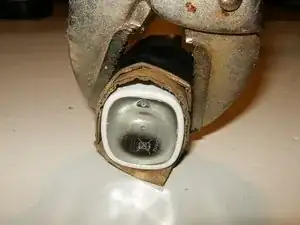
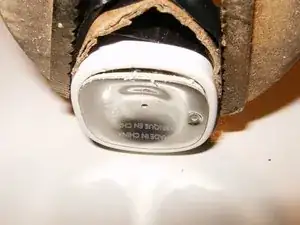
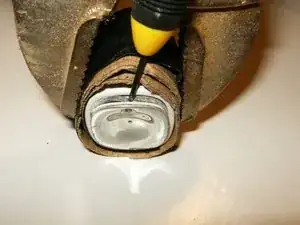
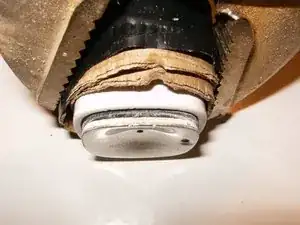
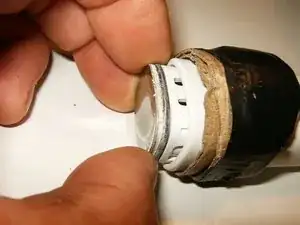
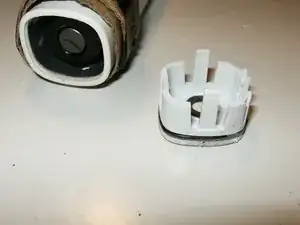
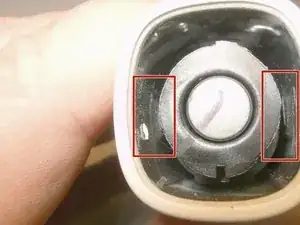
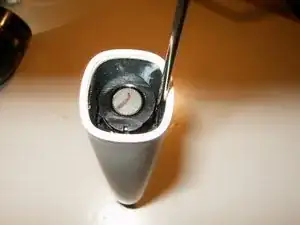
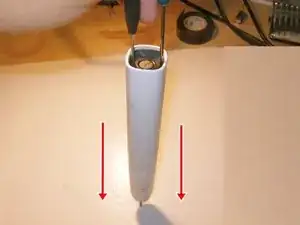
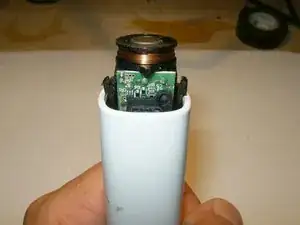
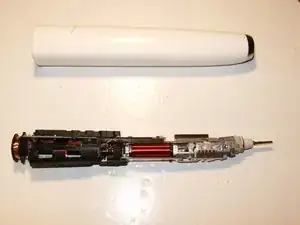
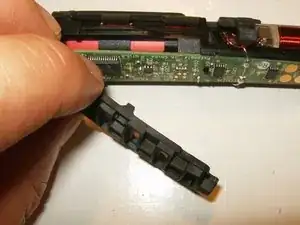
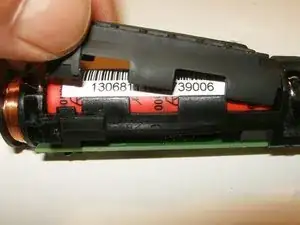

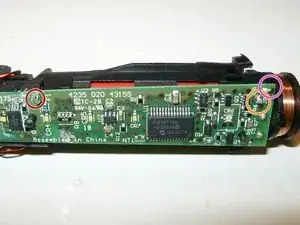
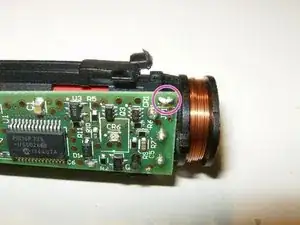
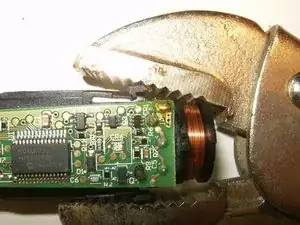
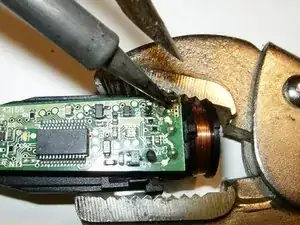
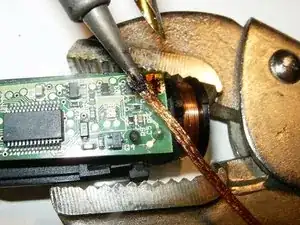
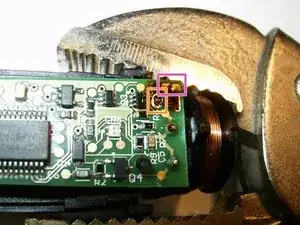
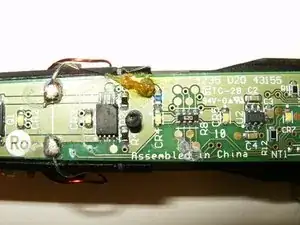

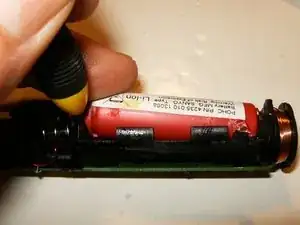
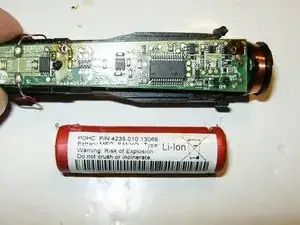
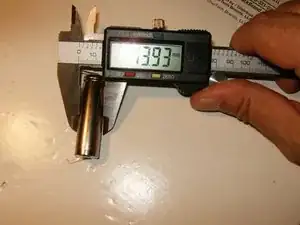
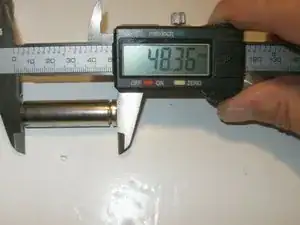

Die Endkappe lässt sich ohne Rohrzange relativ einfach mit dem Jimmy raushebeln.
Martin Jaeger -
Wenn die Bürste nicht mehr reagiert und auch nicht lädt, muss nicht zwingend der Akku mürbe sein. Bei meiner HX9370 war die Kopfdichtung undicht. Dadurch kam Wasser ins Innere. Nach trockenblasen mit Pressluft lädt und arbeitet die Zahnbürste wieder. Meine Herausforderung ist jetzt noch, eine passende Kopfdichtung zu bekommen.
Martin Jaeger -
Z.B. bei Amazon: https://www.amazon.de/BAAQII-Wasserdicht...
VauWeh -
Oder hier: https://www.ebay.de/itm/Philips-electric...
VauWeh -